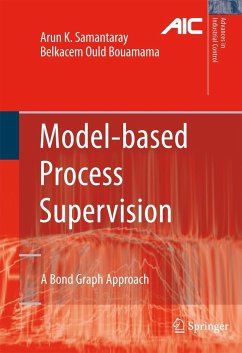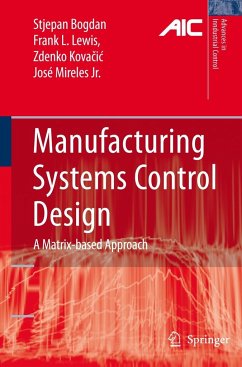
Customer-driven Manufacturing

PAYBACK Punkte
20 °P sammeln!
Customer-driven manufacturing is the key concept for the factory of the future. The markets for consumer goods are nowadays marked by an increase in variety, while at the same time showing steadily decreasing product life-cycles. In addition, tailoring the product to the customer's needs is becoming increasingly important in quality improvement. These trends are resulting in production in small batches, driven by customer orders. Customer-driven Manufacturing adopts a design-oriented approach, splitting the realisation of customer-driven manufacturing into three main steps. Firstly, you must u...
Customer-driven manufacturing is the key concept for the factory of the future. The markets for consumer goods are nowadays marked by an increase in variety, while at the same time showing steadily decreasing product life-cycles. In addition, tailoring the product to the customer's needs is becoming increasingly important in quality improvement. These trends are resulting in production in small batches, driven by customer orders. Customer-driven Manufacturing adopts a design-oriented approach, splitting the realisation of customer-driven manufacturing into three main steps. Firstly, you must understand the primary process of your business. The second step is to analyse and re-design the management and control of the organisation. Finally, the organisation's information system must be analysed and redesigned.














